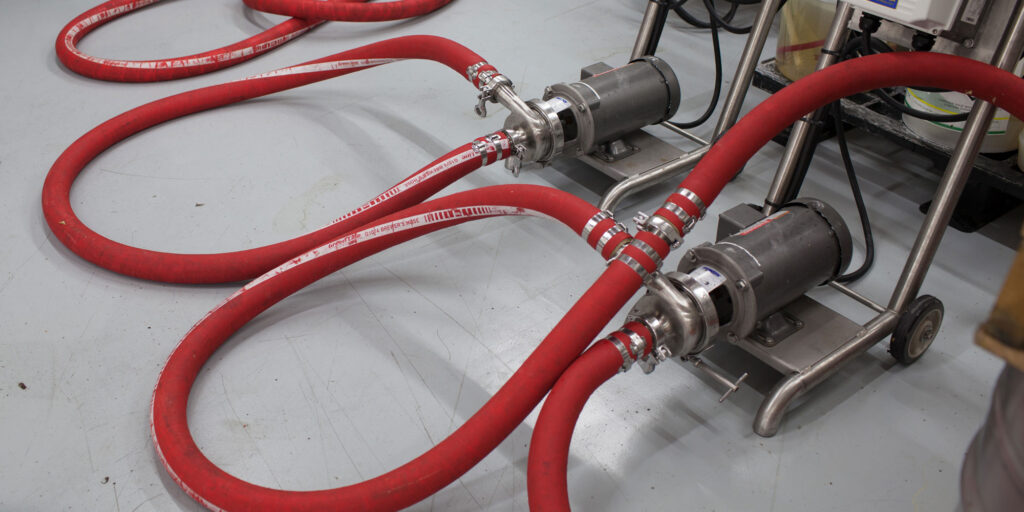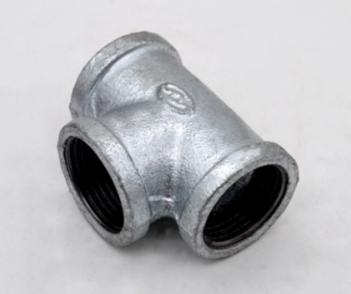What Hoses are Connected to the Heater Core?
Heater cores are an essential component in many industrial and commercial applications, and they require specialized hoses to connect them to the heating source. In this article, we will explore the different types of hoses that can be connected to a heater core and the benefits of using ruber hoses.
Types of Hoses Connected to Heater Cores
Several types of hoses can be connected to a heater core, each with its unique characteristics and advantages. Some of the most common types of hoses used for this purpose include:
- Rubber hoses: Rubber hoses are the most popular choice for connecting heater cores to the heating source. They are made from a variety of rubber compounds, such as silicone, EPDM, and neoprene, which provide excellent heat resistance and flexibility. Rubber hoses are also available in a range of sizes and lengths, making them suitable for a wide range of applications.
- Thermoplastic hoses: Thermoplastic hoses are made from materials such as PVC, CPVC, and PP. They are lightweight, flexible, and resistant to heat and chemicals. Thermoplastic hoses are also available in a range of sizes and lengths, making them a popular choice for many industrial and commercial applications.
- Composite hoses: Composite hoses are made from a combination of materials, such as rubber and fabric. They provide a high level of flexibility and are resistant to heat, chemicals, and abrasion. Composite hoses are often used in applications where a high level of durability and resistance is required.

Using Ruber Hose connecting to heating tube
Rubber hoses offer several benefits when used to connect a heater core to the heating source. Some of the key advantages include:
- High heat resistance: Ruber hoses are designed to withstand high temperatures, making them ideal for use in high-temperature applications. They can handle temperatures ranging from -50°C to 200°C, making them suitable for use in a wide range of industries.
- Flexibility: Ruber hoses are highly flexible, which makes them easy to handle and install. They can be bent and twisted to fit into tight spaces, making them ideal for use in compact environments.
- Durability: Ruber hoses are designed to last, with a long lifespan and excellent resistance to wear and tear. They are also resistant to chemicals and abrasion, making them a reliable choice for many industrial and commercial applications.
- Low maintenance: Ruber hoses require minimal maintenance, making them a cost-effective choice for many businesses. They are easy to clean and do not require regular replacement, which can save time and money in the long run.
Conclusion
Using the method of Ruber Hose connecting to heating tube has many benefits. Rubber hoses are a popular choice for connecting heater cores to the heating source, due to their high heat resistance, flexibility, durability, and low maintenance requirements.
When choosing a hose for this purpose, it is important to consider the specific requirements of the application, including the temperature range, pressure, and chemical resistance needed. By selecting the right hose for the job, businesses can ensure a safe, efficient, and cost-effective connection between the heater core and the heating source.


